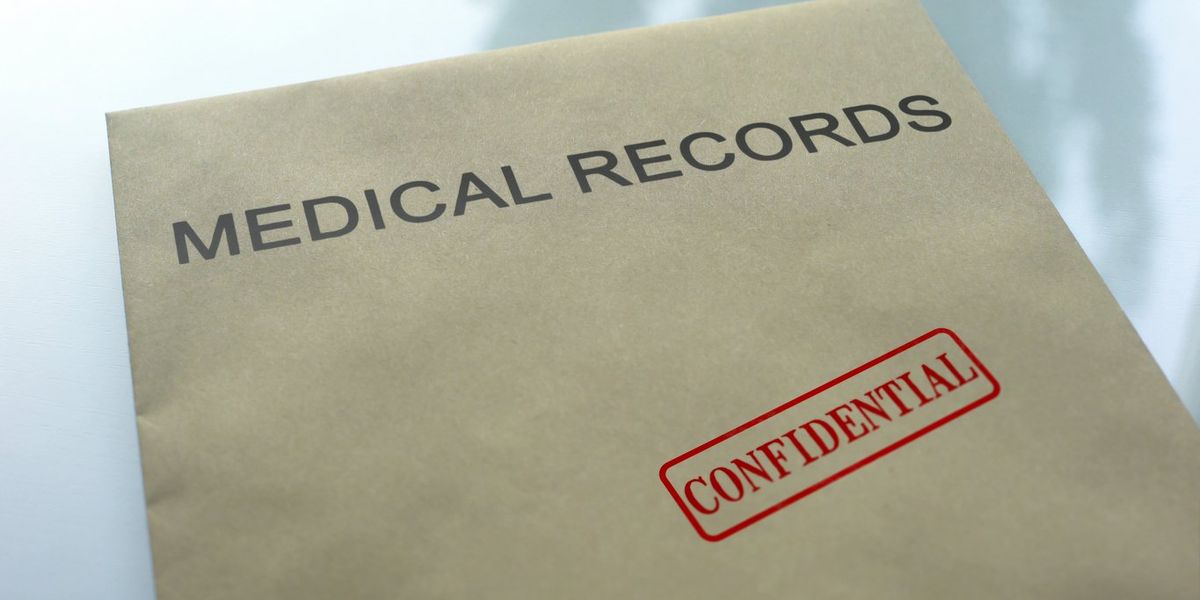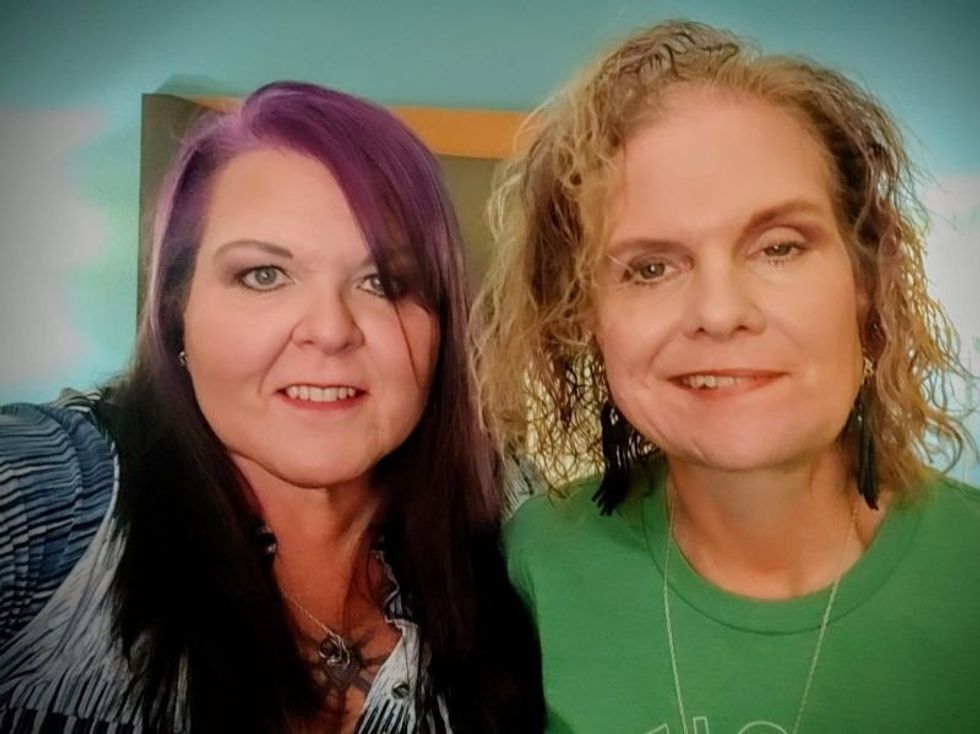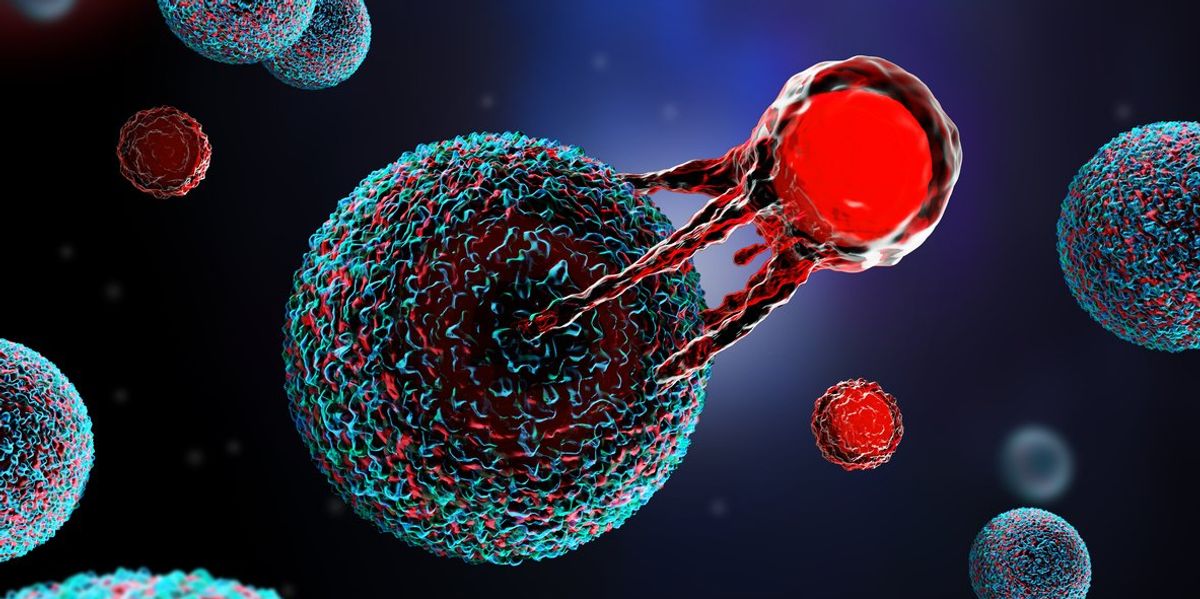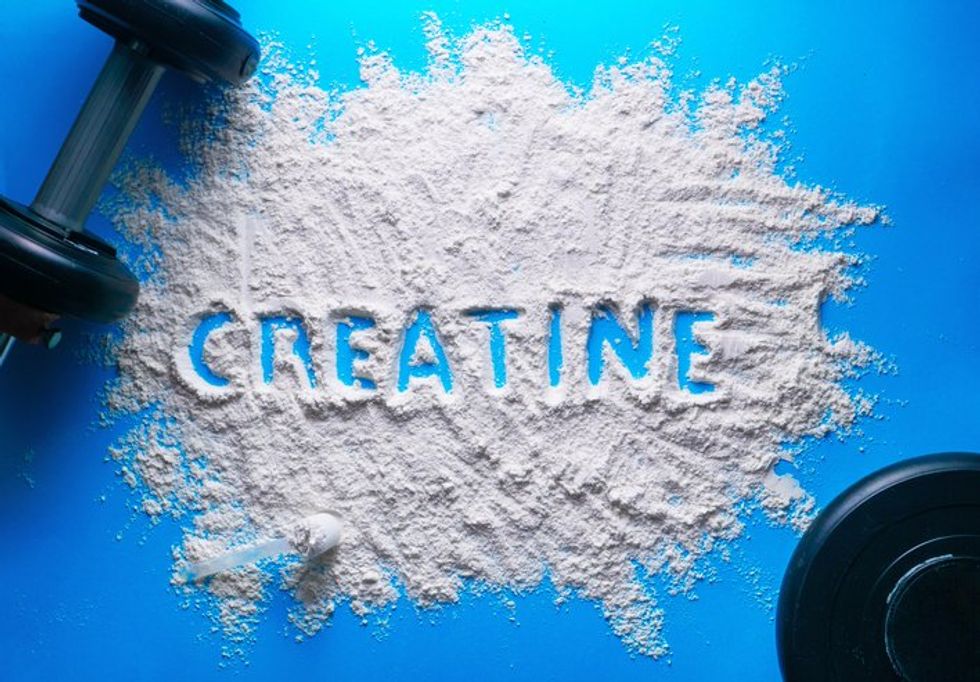The Tea Swap You Need During The US Matcha Shortage
We may receive a commission on purchases made from links.
Matcha’s surge in popularity has made it the word on everyone’s lips in recent years, with the United States leading the charge as the largest powdered green tea exporter from Japan in the world. You’ll see it everywhere, from Starbucks’ latest creation to displays front and center at the grocery store — but it’s facing a few problems that are leading to shortages and/or potential shortages. While matcha’s prices are expected to hike due to both impending tariffs and supply chain issues, fans of the frothy, foamy drink can turn to matcha’s lesser-known cousin: hojicha. Hojicha is not all that different from matcha, since both teas are made from the green tea plant known as Camellia sinensis.
But hojicha is technically created from bancha leaves, a lower-grade leaf that some people prefer for the milder taste it takes on after roasting. It’s said to taste smoky and sweet, having a flavor similar to oolong tea with a light brown color. It typically contains no additives and slightly less caffeine. The hardy nature of hojicha tea means that it’s less likely to be affected by current matcha shortages, since hojicha is created by roasting older green tea leaves and their often-undesirable components. What makes hojicha green tea unique is that it’s a relatively new invention, hitting markets in Japan in the 1920s as an economical way to get a second life out of green tea plants, while making using of all of the leftover parts, such as twigs, stems, and stalks.
Read more: 5 Kirkland Signature Whole-Bean Coffees, Ranked Worst To Best
Hojicha Is Here To Save The Day
Overview of a bamboo mat with a bowl of hojicha powder, a bamboo whisk, a brown teapot, and two cups of tea – Pixel-Shot/Shutterstock
Hojicha comes in loose leaf form or a finely-ground powder, similar to matcha but lacking the signature bright green color. Like matcha, it’s traditionally prepared using specialized utensils, but you can also make it without a bamboo whisk. From plant to teacup, it’s typically created by steaming bancha or sencha leaves — along with other plant parts — and roasting them in a porcelain teapot over a charcoal fire, which gives the tea its smoky flavor. With the demand for matcha at an all-time high, hojicha has become a more available and economically-friendly option, with a 1.76-ounce container of high-grade matcha powder currently going for about $29.99 on Amazon, while a 1.76-ounce container of hojicha powder goes for about $9.99.
Matcha’s shortage in the U.S. has a lot to do with farming issues in Japan, where climate change is affecting the successful production rates of various Camellia sinensis plants. The older population of farmers in Japan is also struggling to keep up with the sudden increase in demand and convert their farms to tencha/sencha plant-based operations, as opposed to other traditionally-farmed teas (such as these 12 types of Japanese tea). Not to mention, a recent settlement of a 15% tariff on all Japanese exports created by President Trump is expected to impact matcha sales even further, with the burden of a higher cost predicted to fall on American consumers. While tariffs can still impact the price of exported hojicha from Japan, at least this tea is a bit more resilient.
Read the original article on Tasting Table.
Source link
Share this article:












